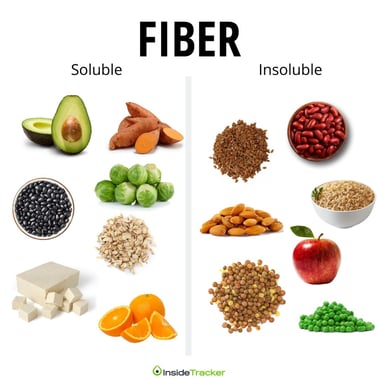 Soluble Fiber Simplified
Soluble Fiber SimplifiedNutritionGood fiber, bad fiber - How different types affect youFiber can influence many aspects of health. From intestinal bacteria to , it is often considered a fundamental part of a healthy diet. Most people have a very basic understanding of the fiber, and tend to submerge everything in a category. However, the truth is that not all fiber is created equal. Some types are highly beneficial, while others may cause digestive problems in some people. This article explains everything you need to know about the different types of fiber. What is Fiber and how is it classified? "Fiber" refers to a diverse group that humans cannot digest. We lack the digestive enzymes necessary to decompose them, so they pass through most of the digestive system without changes. The recommended intake is 38 grams for men, and 25 grams for women. However, most people only eat about half of that, or 15-17 grams per day (, ). The Fiber is mainly found in vegetable foods, including vegetables, fruits, legumes, whole grains, nuts and seeds (for more details, ). There is actually a variety of different fibers found in food. The problem is that they are often classified in different ways, which can be very confusing. Fiber is formally classified into two main types (): However, there is an important problem with the fibre classification in this way. He doesn't tell us anything about his health effects. A popular alternative method is to classify the fiber based on its solubility (soluble vs insoluble), viscosity (viscous vs non-viscous) and fermentability (fermentable vs non-fermentable). Then there are other kinds of nutrients called stellar resistant, which are often classified as dietary fibers. Background line: Fibers are unworthy carbohydrates that are naturally found in vegetable foods. They are often classified as (naturally grounded) or functional (added to foods). Fibers are unworthy carbohydrates that are naturally found in vegetable foods. They are often classified as (naturally grounded) or functional (added to foods). Soluble vs Insoluble fiber The solubility of the fiber refers to its ability to dissolve in the water. Based on this, fiber has often been categorized as soluble or insoluble: soluble fibers include gums, pectins, psyllium, betaglucans and others. Insoluble fibers include lignin and cellulose. Different vegetable foods have variable proportions of soluble and insoluble fibers. Background line: Fiber is often categorized based on its capacity to dissolve in water. The soluble fiber has several benefits for metabolic health, while insoluble fiber works mainly as a bulk agent. Fiber is often categorized according to its capacity to dissolve in water. The soluble fiber has several benefits for metabolic health, while insoluble fiber works mainly as a bulk agent. Fermentable Fiber It is estimated that 100 billion living bacteria reside in , mainly in the large intestine (). These bacteria are really crucial to optimal health in humans. They play various roles related to weight management, blood sugar control, immunity, brain function and mental health (, , , , , , ).They are so important that they are often called the "forgotten orphanage" (). Because humans cannot digest the fiber, it ends up reaching the large intestine in most cases without change. This increases the number and balance of friendly intestinal bacteria, which also produce short-chain fatty acids with powerful health benefits (). Most fermentable fibers are soluble, but there are also some insoluble fibers that can work this way. Ferminable fibers include pectins, beta-glucans, guar gum, inulina and oligoructose. The best whole sources of fermentable fibers are beans and . A portion of 1 cup often provides up to half the recommended daily intake of fiber. All that is said, one of the by-products of fiber fermentation is gas. That is why high foods in fermentable fiber can cause flatulence and stomach discomfort, especially if people are not used to eat a lot of fiber. Background line: The fermentable fiber is digested and used as fuel by bacteria friendly in the intestine. This can result in various health-related effects. The fermentable fiber is digested and used as fuel by bacteria friendly in the intestine. This can result in various health-related effects. Viscous Fiber Some types of soluble fibers form a thick gel when mixed with water. These are known as viscous fibers. In short, the viscosity of a fluid refers to its "skedad". For example, it is more viscous than water. When you eat viscose fiber, it forms a gel-like substance that "sits" in the intestine. This decreases the digestion and absorption of nutrients, resulting in a prolonged feeling of fullness and reduced appetite (, , ).A review of 44 studies on fiber treatments found that food intake reduced and caused weight loss (). Viscose fibers include glucomanane, beta-glucans, pectins, guar gum and psyllium. Good food sources include legumes, asparagus, Brussels shoots and linen seeds. Bottom Line: Viscosal fibers form a substance similar to the gel that sits in the intestine, which leads to improved feelings of fullness, reduced appetite and weight loss. Viscous fibers form a gel-like substance that sits in the intestine, leading to improved feelings of fullness, reduced appetite and weight loss. Starch resistant Starch Starch is the main types of carbohydrates in the diet. They are long chains of glucose molecules, found in , and many other foods. Some starch is actually resistant to digestion, so it passes through the digestive system without changes. This type of starch is called , and works as soluble and fermentable fiber in the intestine (). Sturdy starch has many powerful health benefits. Improves digestive health, improves insulin sensitivity, reduces blood sugar levels and significantly reduces appetite (, , , , , ).There are several sources of good food from resistant starch, including, several legumes, anacardos and raw oats. A more detailed list can be found. In addition, certain starch foods tend to form large amounts of resistant starch if they cool after cooking. This includes white potatoes and white rice. Raw potato starch is also very high in resistant starch, and some people eat it as a supplement. Basic theme: Sturdy starch is a type of starch that escapes digestion. It works as soluble, fermentable fiber and has many health benefits. Sturdy starch is a type of starch that escapes digestion. It works as soluble, fermentable fiber and has many health benefits. Unique fibers that are of the Worth Highlighting Several fibers have specific health implications, and are worthy to highlight. Fructans A fructan is the term used to describe a small chain of fructose molecules. Oligofructose and inulin are the two main varieties of fructan in the diet. They can feed friendly bacteria in the intestine, and have been shown to help treat certain types of diarrhea (). However, fructans are also classified as , known carbohydrate types to cause digestive problems in many people (). In fact, fructan and other FODMAP trigger adverse symptoms in 3 of 4 people with irritable bowel syndrome, a common digestive disorder (). The largest source of fructans in the modern diet is (). Beta-Glucan The health benefits of betaglucans have been widely documented. These fibers have a specific molecular structure that makes them very viscous in the intestine. Betaglucans can improve insulin sensitivity and reduce blood sugar levels. They can also significantly reduce cholesterol levels and increase feelings of fullness (). The main sources of beta-glucan food are oats and barley. GlucomannanGlucomannan is a viscose fiber that is commonly sold as weight loss. Numerous studies have shown that they can cause modest weight loss, fight constipation and improve the risk factors of heart disease (, , , , ).Bottom Line: Fructans are fibers that can cause adverse digestive symptoms in some people. Betaglucans and glucomananos are soluble and viscose fibers with powerful health benefits. Fruits are fibers that can cause adverse digestive symptoms in some people. Betaglucans and glucomananos are soluble and viscose fibers with powerful health benefits. Take Home Messenger The soluble, viscous and fermentable fibers seem to be the healthiest, far. The resistant hungry are also incredibly healthy. Good sources of healthy fibers include vegetables, fruits, oats, legumes, nuts, dark chocolate, chia seeds and other foods. However, there is probably no need to obsess the details here. As long as you're eating a lot of whole plant foods, then your fiber consumption should be taken care of. Read this now.
Accessibility links Search results Dietary fiber: MedlinePlus The world's healthiest foods, "Fiber"What is dietary fiber? - YouTubeII. Definitions of toxic dietary fiber Dietary reference ... Dietary fiber effects and their components in metabolic healthDietary fiber - British Nutrition FoundationFiber durable The Nutrition Source peru Harvard T.H. Chan School of ...Prebiotics and Probiotics – PrebiotinDietary Fiber Definitions: Soluble Fiber, FiberDietary Fiber100 Navigation Page1 Links

List of Foods High/Low in Fiber; Types, Health Benefits
Everything You Need to Know About Soluble Fiber | Kate Farms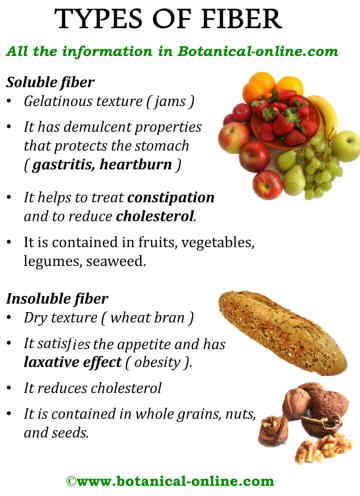
Types of fiber – Botanical online
Soluble Fiber Facts and Health Benefits | Nutrition
List of Foods High/Low in Fiber; Types, Health Benefits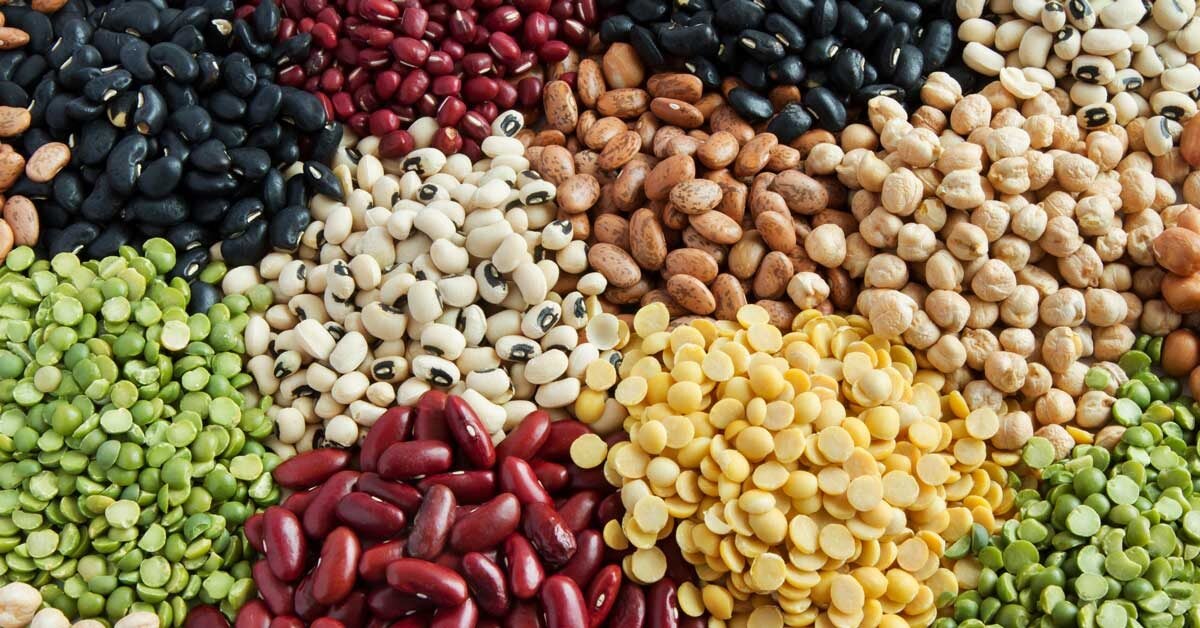
Fiber Can Help You Lose Weight — But Only A Specific Type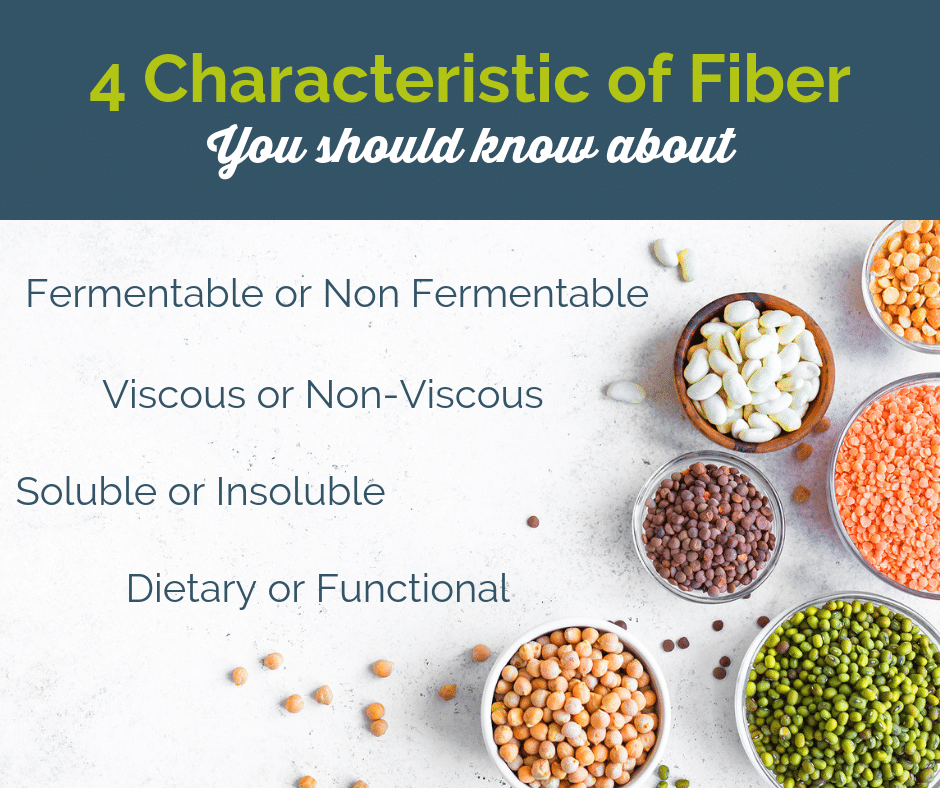
How Fiber Impacts the Body - HormonesBalance.com
Top 20 Foods High in Soluble Fiber
Great picture of where to get soluble (viscous) fiber. Print out and keep a copy in your purse! | Soluable fiber foods, Fiber foods, Low fiber diet![Classification of fibers based on four characteristics [20]. | Download Table Classification of fibers based on four characteristics [20]. | Download Table](https://www.researchgate.net/publication/236266816/figure/tbl1/AS:601764071997453@1520483143626/Classification-of-fibers-based-on-four-characteristics-20.png)
Classification of fibers based on four characteristics [20]. | Download Table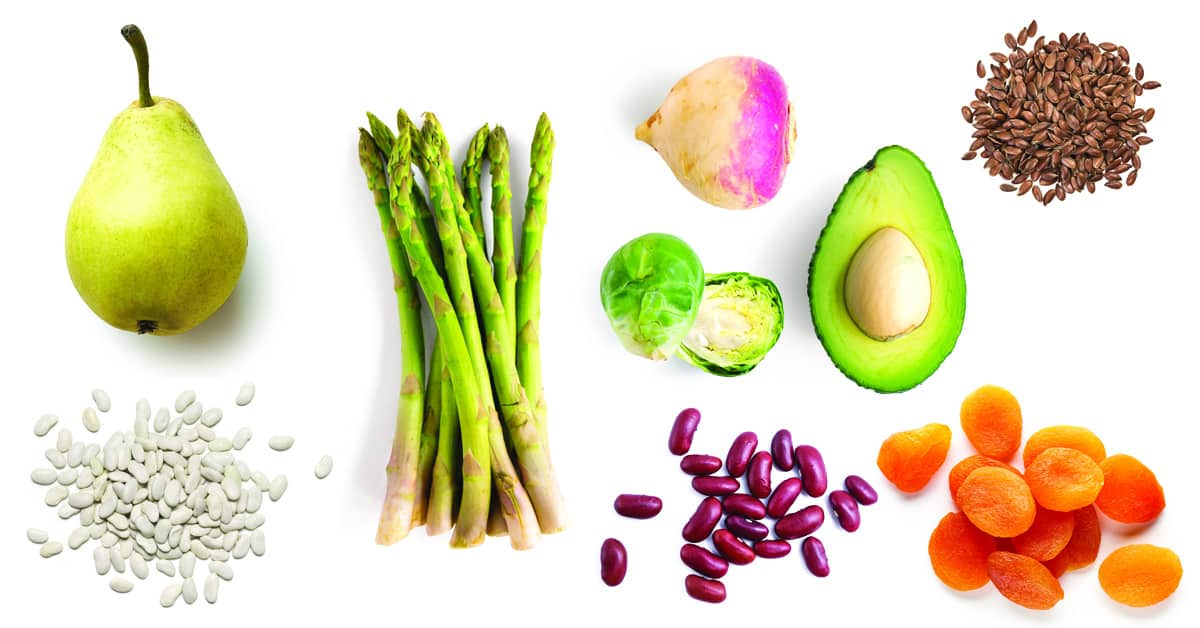
Top 20 Soluble Fiber Foods and Their Benefits - Dr. Axe
The effect of viscous soluble fiber on blood pressure: A systematic review and meta-analysis of randomized controlled trials - ScienceDirect
Everything You Need to Know About Fiber | IBS Treatment Center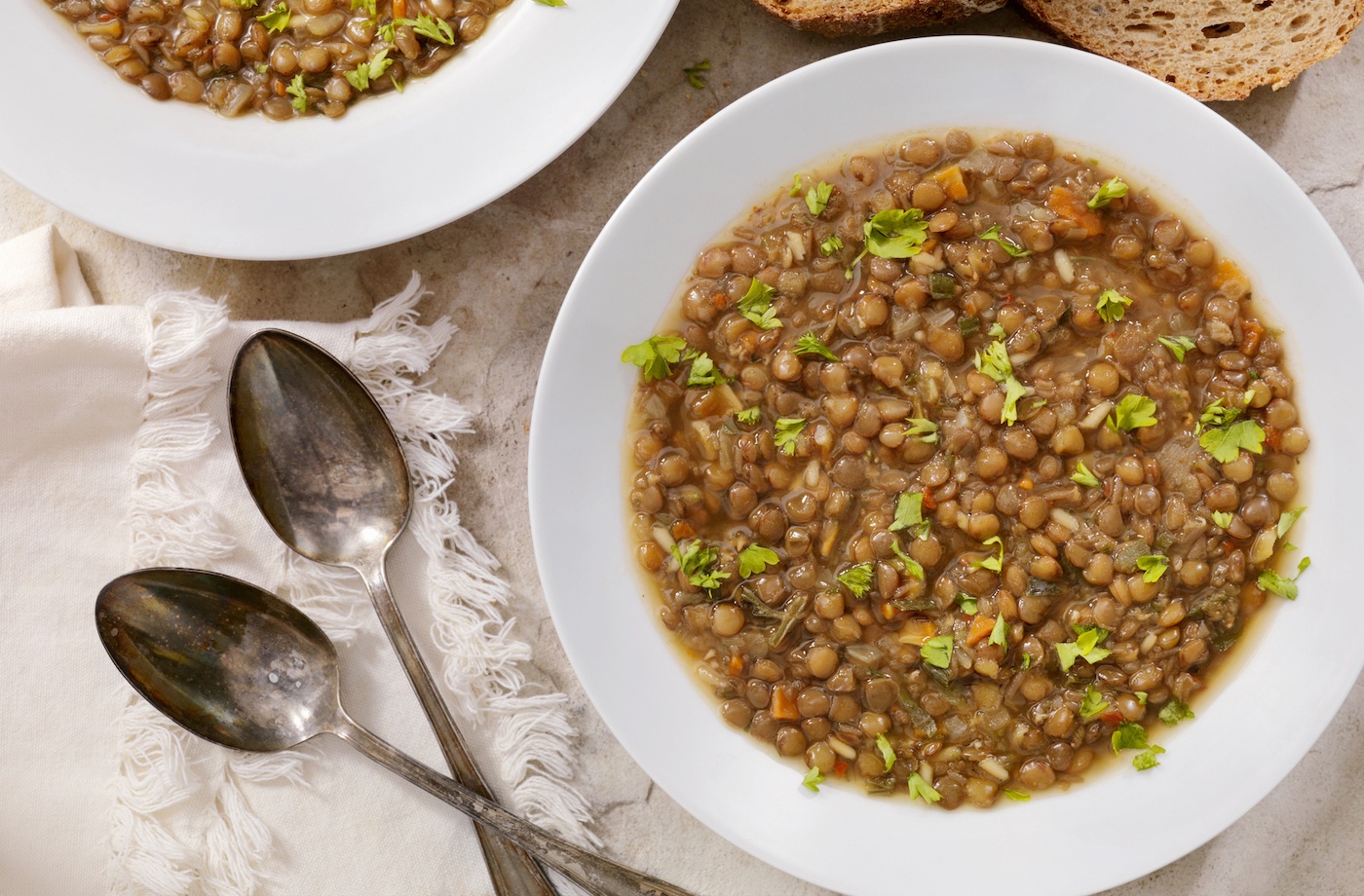
7 foods high in soluble fiber everyone should eat | Well+Good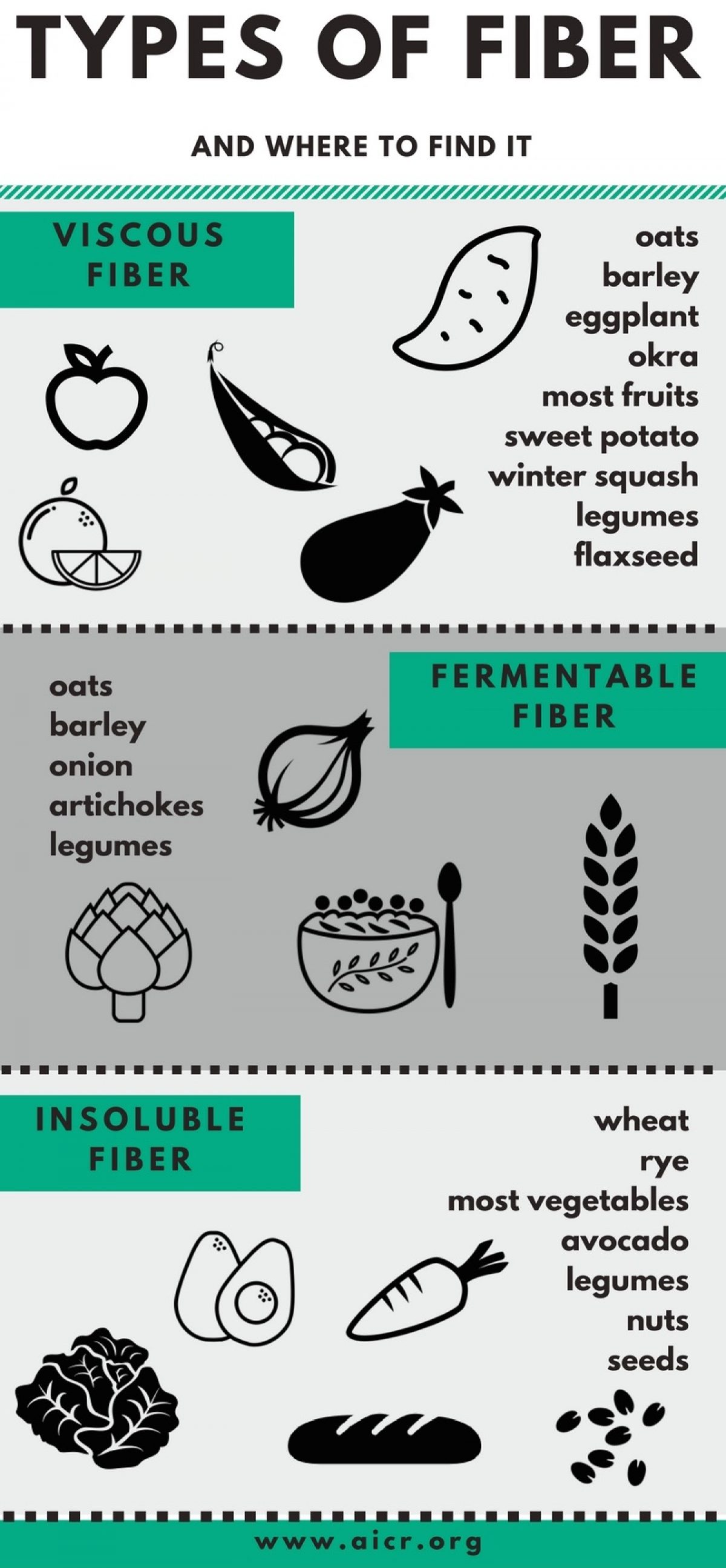
Do I need a certain type of dietary fiber? - American Institute for Cancer Research %
Soluble vs Insoluble Fiber Chart | Fiber content of foods, Precision nutrition, Fiber foods list
Viscous Fiber Diet: Weight Loss Management Benefits and their 2 types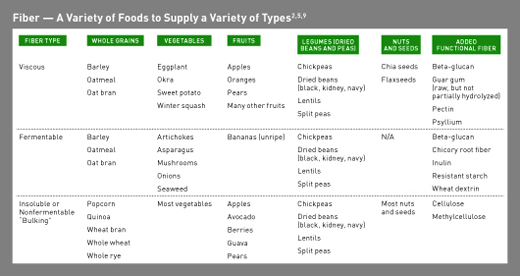
Dietary Fiber: Fiber — Increase Amount and Variety - Today's Dietitian Magazine
Dietary Fiber: Health Benefits, Different Types, & More | Optimus Medica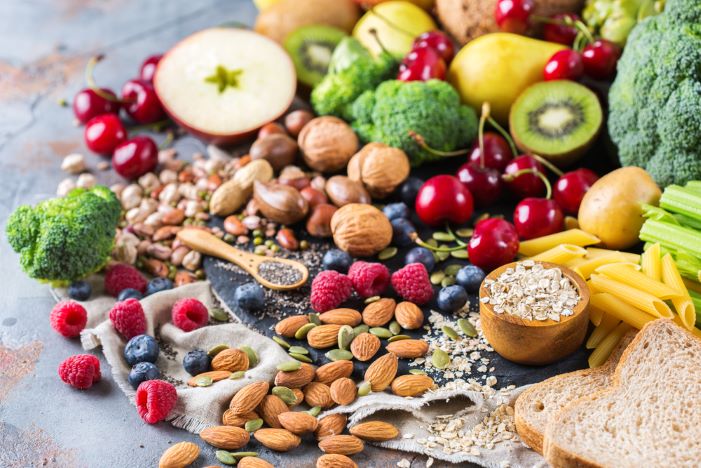
34 Fiber-Rich Foods You Need For A Balanced Diet | Fresh n' Lean
Dietary fiber - Wikipedia
Understanding the Physics of Functional Fibers in the Gastrointestinal Tract: An Evidence-Based Approach to Resolving Enduring Misconceptions about Insoluble and Soluble Fiber - Journal of the Academy of Nutrition and Dietetics
Hemicellulose: The Dietary Fiber in Plants - VeggieShake
The effect of viscous soluble fiber on blood pressure: A systematic review and meta-analysis of randomized controlled trials - ScienceDirect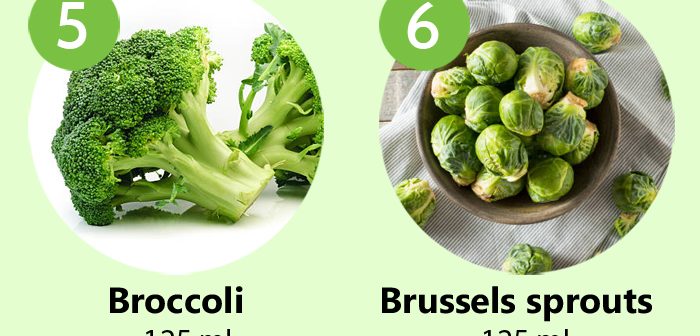
Soluble Fiber Facts and Health Benefits | Nutrition/brussels-sprouts-crop-52d31d4535fe4ba2adc36d3d087f2d66.jpg)
Types and Benefits of Soluble Fiber
The Role of Viscous Soluble Fiber in the Metabolic Control of Diabetes
The effect of viscous soluble fiber on blood pressure: A systematic review and meta-analysis of randomized controlled trials
2.153 Fiber | Nutrition Flexbook
Soluble and insoluble fiber: MedlinePlus Medical Encyclopedia Image![PDF] Cholesterol-lowering effect of non-viscous soluble dietary fiber Nutriose6 in moderately hypercholesterolemic hamsters. | Semantic Scholar PDF] Cholesterol-lowering effect of non-viscous soluble dietary fiber Nutriose6 in moderately hypercholesterolemic hamsters. | Semantic Scholar](https://d3i71xaburhd42.cloudfront.net/66eb951087121f12aac08f6629e6cf34f69d5da7/3-Table1-1.png)
PDF] Cholesterol-lowering effect of non-viscous soluble dietary fiber Nutriose6 in moderately hypercholesterolemic hamsters. | Semantic Scholar/healthyfoods-5704fbca5f9b581408bab500.jpg)
Sources of Soluble Fiber for Lowering Your Cholesterol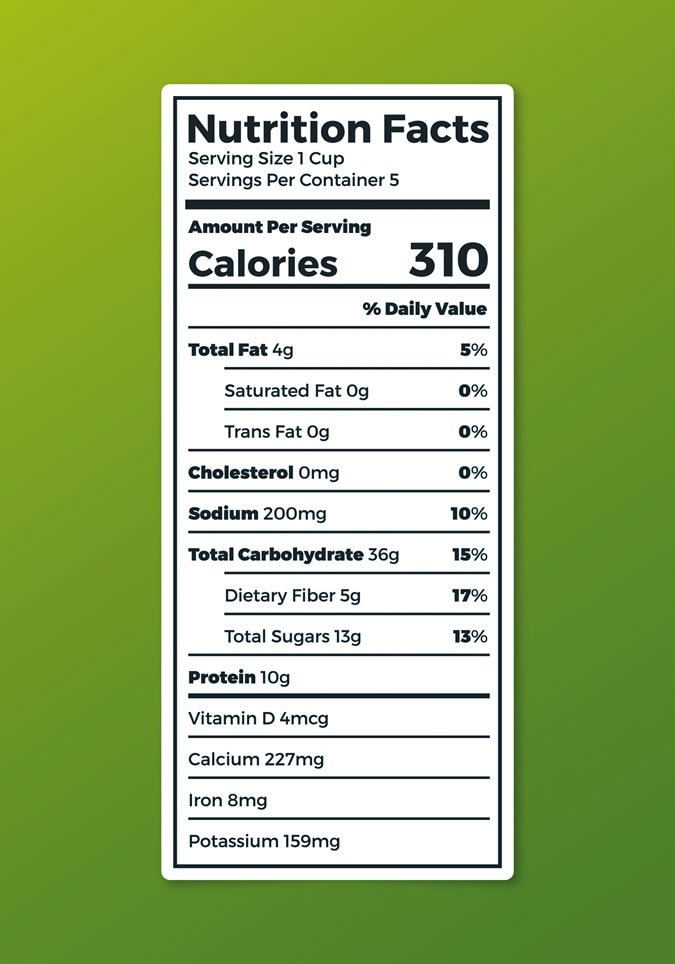
Are Added Fibers Good for Our Health? - Tufts Health & Nutrition Letter
Should Viscous Fiber Supplements Be Considered in Diabetes Control? Results From a Systematic Review and Meta-analysis of Randomized Controlled Trials | Diabetes Care
References in Canadian Diabetes Association National Nutrition Committee Clinical Update on Dietary Fibre in Diabetes: Food Sources to Physiological Effects - Canadian Journal of Diabetes
A high fiber diet can help with IBS symptoms | Your Miraculous Body
Page 1
Fiber | Linus Pauling Institute | Oregon State University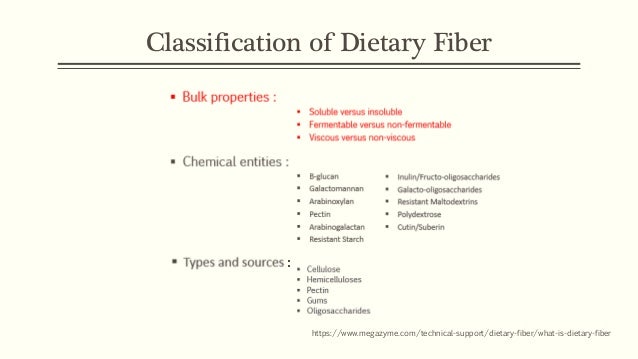
Food as Medicine: Dietary Fiber







![Classification of fibers based on four characteristics [20]. | Download Table Classification of fibers based on four characteristics [20]. | Download Table](https://www.researchgate.net/publication/236266816/figure/tbl1/AS:601764071997453@1520483143626/Classification-of-fibers-based-on-four-characteristics-20.png)














/brussels-sprouts-crop-52d31d4535fe4ba2adc36d3d087f2d66.jpg)


![PDF] Cholesterol-lowering effect of non-viscous soluble dietary fiber Nutriose6 in moderately hypercholesterolemic hamsters. | Semantic Scholar PDF] Cholesterol-lowering effect of non-viscous soluble dietary fiber Nutriose6 in moderately hypercholesterolemic hamsters. | Semantic Scholar](https://d3i71xaburhd42.cloudfront.net/66eb951087121f12aac08f6629e6cf34f69d5da7/3-Table1-1.png)
/healthyfoods-5704fbca5f9b581408bab500.jpg)






Posting Komentar untuk "viscous soluble fibers"